
HomePony Know HowRiding TipsFlatworkGet your pony fit for fun!
-
Pony Care Tips
Learn everything you need to know about caring for your fave pony. From feeding and grooming to mucking out – we have it all here!
-
Riding Tips
Improve your riding with our fab articles! Whether it's building your confidence, riding shapes, or jumping spreads that you need tips on, we have something for every rider.
Latest News
Get your pony fit for fun!
Posted in Flatwork
If you’re hoping to get out and about this competition season, it’s important to make sure your pony’s fit enough for the job. Get him feeling fit and fab with our handy guide!
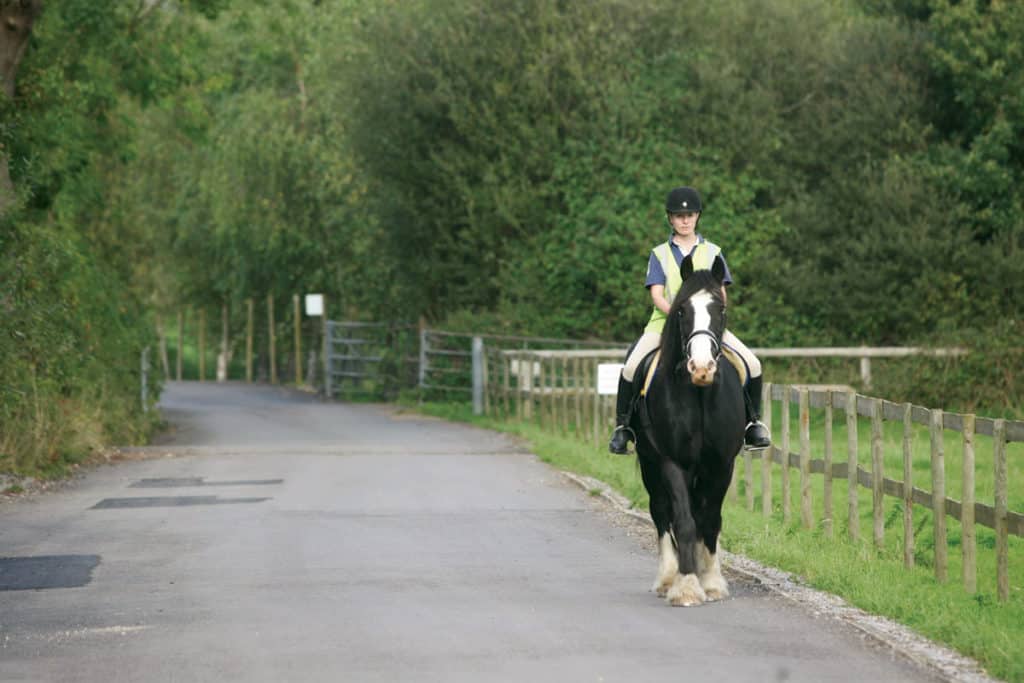
What are your goals?
How fit your pony needs to be depends on what you plan to do with him. A pony in light work, who hacks regularly with periods of flatwork and jumping, won’t need to be as fit as a pony going out eventing who’ll be ridden for longer periods of time at a faster pace.
Whatever your goal is with your pony, always build up his fitness step-by-step to help prevent injury. Regular, steady exercise is much better than cantering everywhere once a week!
Top tip! – Begin fitness work in the arena or on the roads – the level surface is easier for unfit ponies. Build up to hills as his fitness improves.
Assessing your pony’s fitness
When building fitness, it’s important not to over-work your pony. If he is tired and sluggish at the end of your ride, or stopping at fences towards the end of a jumping session, it means he’s struggling to do what you’re asking. Take a step back in your plan if this is the case, to make sure he’s comfortable.
To tell if your pony is fit enough, his breathing rate should return to normal by the time you have cooled him down. An easy way to check this is to see if his nostrils have stopped flaring while he breathes.
Things to consider
Remember, every pony is an individual and you must take into account a number of factors before you put together your fitness plan.
- Current fitness levels – What have you been doing with your pony over the winter? If you’ve been schooling and hacking regularly, he will be much fitter than if you’ve only been riding once a week.
- Age – Old and young ponies need to be introduced to harder work more gradually to reduce the risk of injury.
- Previous injuries – If your pony has had time off due to injury, he’ll need to be brought back into work very carefully, starting with a few weeks of walking to build him up slowly. Talk to your vet before you start.
Top tip! – When you’re out hacking, remember to think about the condition of the ground. If it’s too hard, it could cause concussion in your pony’s legs and if the ground is muddy or deep, he could slip or pull a tendon.
Make a plan
To come up with a fitness plan for your pony, think about how much you do with him at the moment and build up from there. Aim to increase the length of time your pony can trot continuously for by 10% every three to four rides.
For example, if you currently trot for 10 minutes, increase this to 11 minutes. After a few rides, increase by another 10% to just over 12 minutes and keep building up slowly in this way. If your pony is finding it easy, you can start trotting for longer after one or two rides. If he is finding it difficult, you may need to wait five or six rides before increasing the trotting time again.
Top tip! – To prevent your pony becoming bored and switched-off, keep your riding plan varied. Rotate between schooling on the flat, schooling over fences and hacking to keep him interested.
Take it up a level!
If your pony has a good level of fitness, you can experiment with interval training to improve his stamina – it’s what top eventers use! Interval training means periods of high- and low-intensity training, allowing your pony to work harder, but over several short bursts
of time.
For example, once you’ve warmed up, trot for two minutes, then walk for three minutes, then trot for another two minutes. Walk for 10 minutes to allow your pony’s breathing and heart rate to recover, then repeat the exercise.
Over several weeks, you can begin to slowly build up the length of time spent trotting, then start to introduce canter.
Keep it up
Once your pony has reached a suitable fitness level, you don’t have to stay at the same intensity of training to maintain his fitness.
But that doesn’t mean you should stop riding him! If you can only ride at the weekends, it’s a good idea to keep him turned out as much as possible. A pony who lives out can maintain his fitness more easily than one who is stabled for long periods of time, as he can move freely and will spend much of the day walking around.


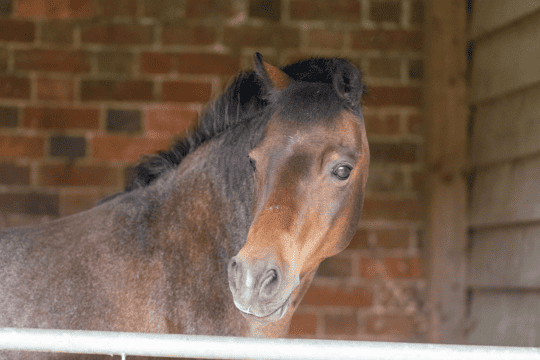
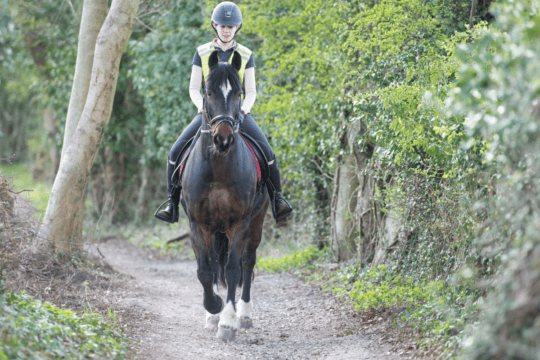
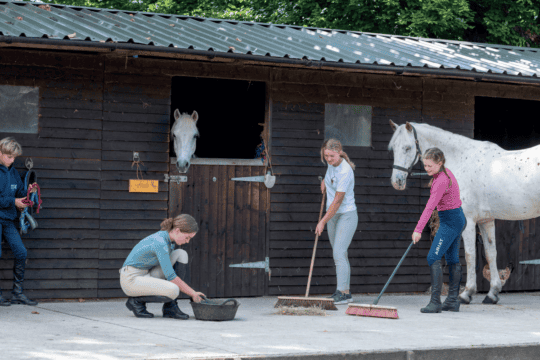
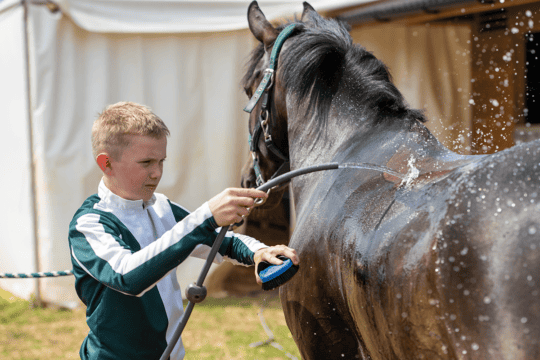
















Leave a Reply
You must be logged in to post a comment.